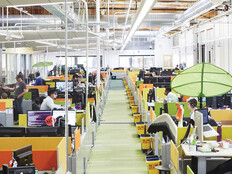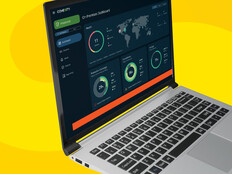The Army has an Internet of Battlefield Things Collaborative Research Alliance to fund work with industry and academia, as do the Air Force and Navy. “An industrial switch has computing power right on it,” says Joe Beel, a senior defense strategist at Cisco Systems. “You can take temperature, vibration and speed information constantly.”
Essential to it all is a distributed computer architecture that puts processing and storage at the source, says Beel. “The volume of data is so massive now that you can’t just send everything off to the cloud.”
MORE FROM FEDTECH: The Army is exploring smart city Internet of Things tools.
Edge Computing Yields Benefits for Feds
Dell is partnering with Microsoft’s cloud/edge-based Azure platform and working with the Air Force, Marines and Army Special Forces on predictive maintenance and logistics. IBM is also working with DOD on predictive maintenance for vehicles.
Microsoft is assisting the U.S. Department of Agriculture on collecting next-generation farming data from soil and weather sensors as well as drones, satellites, tractors and combines.
“There’s so much spatial variability in a field that we need the data to help us provide site-specific solutions,” says USDA Research Ecologist and project leader Steven Mirsky.











